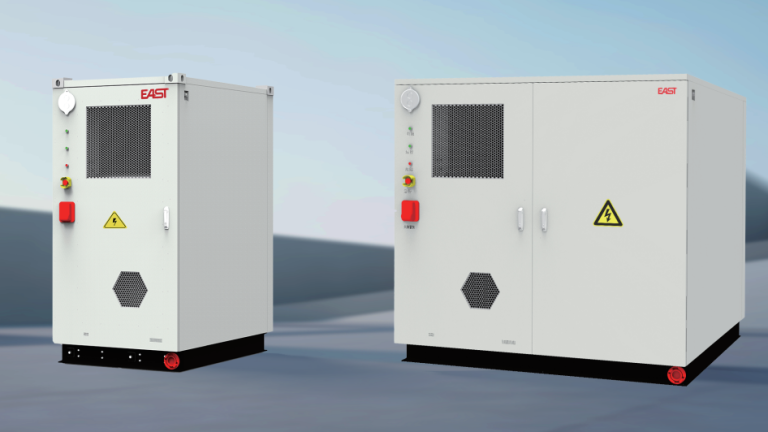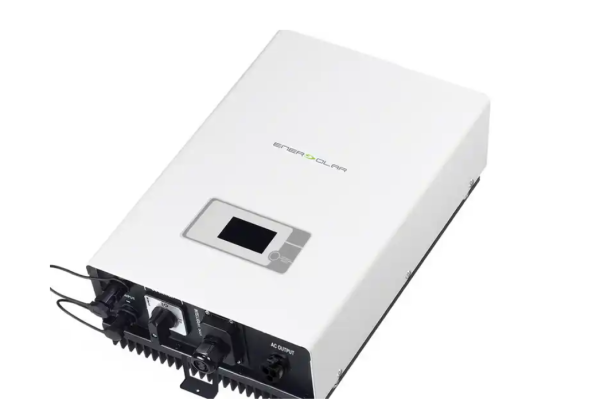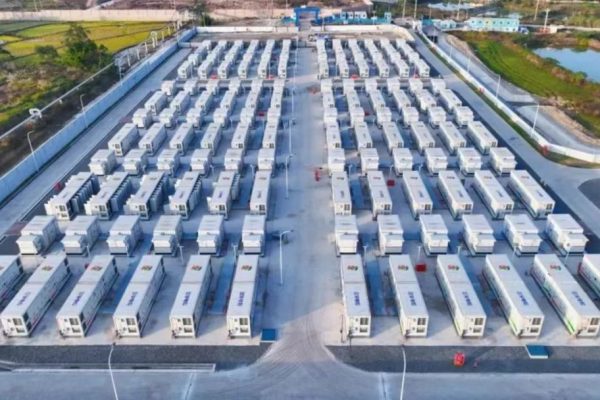How Intelligent Metering Enables Smarter Energy Use and Better System Performance
As residential energy storage systems (ESS) become more common, so does the need for precise, real-time energy monitoring. That’s where smart meters play a critical role. They enable accurate tracking of energy flows between the grid, solar panels, batteries, and home appliances — making the entire system more efficient and responsive.
For small installers and export-focused brands, understanding how smart meters integrate with ESS is not just a technical detail — it’s a strategic advantage.
What Is a Smart Meter?
A smart meter is an advanced energy meter that records electrical consumption in real time and can communicate this data to other devices or systems, such as hybrid inverters or cloud-based platforms.
Unlike traditional analog meters, smart meters can:
- Measure bidirectional flow (import and export)
- Provide sub-second data updates
- Support remote communication protocols (Modbus, RS485, Zigbee, etc.)
- Trigger load control or automation based on energy usage patterns
Why Smart Meters Matter in Residential ESS
When integrated into a solar + storage system, smart meters unlock advanced capabilities like:
🔁 Real-Time Energy Flow Control
They help the inverter decide when to charge/discharge the battery, based on actual household load and grid conditions.
💡 Optimized Self-Consumption
Smart meters allow the system to minimize grid exports and maximize use of solar energy locally, improving ROI for homeowners.
🔌 Export Limitation
In countries or regions with strict export-to-grid caps, smart meters ensure the inverter complies by capping output dynamically.
⚠️ Load Management & Demand Shaving
The inverter can shed non-essential loads during peak demand or backup mode, based on data from the smart meter.
📊 Energy Audits and Monitoring
Homeowners gain full visibility into their energy behavior via apps or dashboards, thanks to the live data provided.
Where Are Smart Meters Installed?
There are two common configurations:
- Grid-Side Smart Meter
- Installed at the main service entrance
- Measures grid import/export
- Enables export limitation, TOU control, etc.
- Load-Side Smart Meter
- Installed after the inverter or distribution board
- Measures energy consumption of selected loads
- Useful for load profiling and backup prioritization
Some systems also use multiple meters (one at grid, one for solar, one for key loads) for detailed control.
Communication with Hybrid Inverters
To function properly, smart meters must communicate directly with the inverter or its energy management unit (EMU).
Common communication methods include:
- RS485 / Modbus RTU: Most reliable, wired
- Modbus TCP / Ethernet: Used in higher-end residential systems
- WiFi or Zigbee: For wireless solutions, though less robust
Always check:
- The protocol compatibility between inverter and meter
- Whether the meter is approved or certified by the inverter brand
- Proper wiring and baud rate setup during commissioning
Popular Brands and Meter Models
| Meter Brand | Model Example | Features |
|---|---|---|
| Eastron | SDM630 Modbus | 3-phase, Modbus RTU, export monitoring |
| Carlo Gavazzi | EM340 | High-accuracy, compact 3-phase |
| DTSU666-H | Huawei-compatible | Bundled with Huawei inverters |
| Janitza | UMG 96 RM | Advanced energy logging + harmonic data |
Most hybrid inverter brands (e.g., Solis, Growatt, GoodWe, Deye, Victron) maintain a list of compatible meters for seamless integration.
Common Mistakes to Avoid
- ❌ Using a non-compatible meter with the inverter
- ❌ Incorrect CT orientation or wiring
- ❌ Setting wrong baud rate or address on RS485
- ❌ Ignoring meter installation distance limits (especially for RS485)
- ❌ Skipping meter calibration or firmware update
Future Trends: AI, Cloud, and Smart Tariffs
Smart meters will become even more critical as:
- Time-of-Use pricing becomes widespread
- AI-powered energy management optimizes battery charge/discharge schedules
- Utilities implement grid-interactive demand response programs
- Cloud-based ESS monitoring offers predictive maintenance and insights
In this context, smart meters act as the “eyes and ears” of the system.
Smart meters are no longer optional in modern residential PV+ESS setups — they are central to system performance, regulatory compliance, and user experience. For installers and exporters, offering solutions with pre-integrated, tested metering not only prevents costly errors but also adds value.









